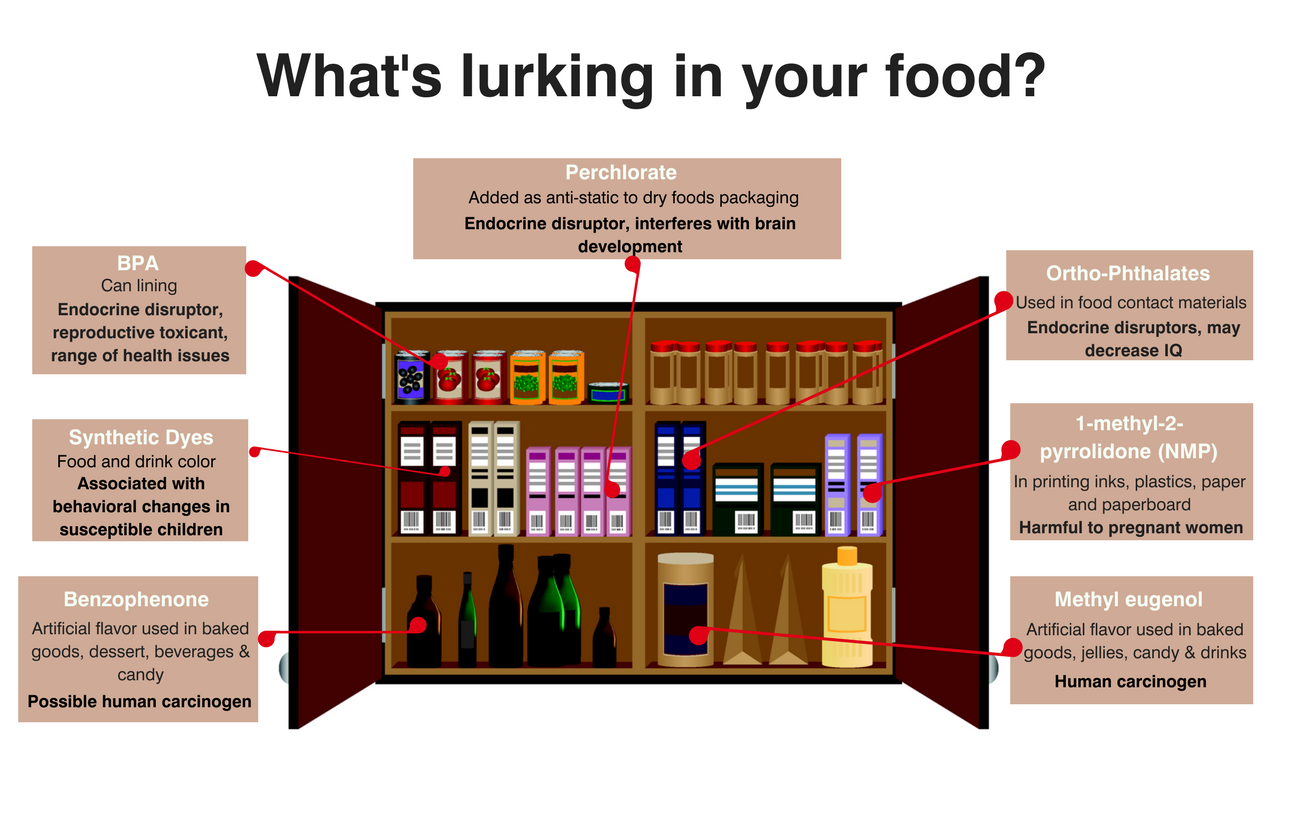Richard Denison, Ph.D., is a Lead Senior Scientist.
There is an extreme anti-regulatory and anti-science bandwagon moving fast through Washington, and much of the chemical industry seems to have jumped right on board. We’re also seeing growing signs of industry pushback against even modest early actions EPA is taking to implement the Lautenberg Act, which reformed the obsolete Toxic Substances Control Act (TSCA) and passed with strong bipartisan support only last June.
[pullquote]Companies have every right to provide their input to EPA and argue the case for their chemicals in accordance with designated processes the agency has established for this purpose. But resorting to tactics of obstruction and delay won’t fool anyone. That’s the very thing that brought about the public crisis in confidence surrounding this industry in the first place.[/pullquote]
I’ll address these concerns in this and a second post to follow. This post will address several attempts by some in the chemical industry to thwart EPA’s efforts to implement the new TSCA. The second post will look at the industry’s main trade association’s unabashed – indeed, boisterous – support for a new Executive Order and multiple “regulatory reform” bills moving in Congress, which it embraces despite the fact that they would impose on EPA (and other agencies’) rulemakings – including those under the new TSCA – dozens of new knot-tying strictures, some of which the Lautenberg Act just got rid of.
This suggests that some in the industry have a very short memory: What led the industry to finally support TSCA reform was its recognition that the public, other levels of government and the market itself have little confidence in the safety of its products or the ability of government to protect people and the environment from toxic chemicals. Any relief it sought from its initial endorsement of a stronger federal chemical safety system will quickly dissipate if industry representatives – emboldened by the current political climate – take actions to stymie implementation of the new law and to buoy executive and legislative vehicles that would bring the regulatory system to a grinding halt.
So, let’s start with a few of the battles that some in the industry are waging to undercut recent EPA actions, authorized under the new TSCA, to restrict three highly toxic chemicals – trichloroethylene (TCE), methylene chloride (MC) and N-methylpyrrolidone (NMP) – the first such actions taken under TSCA in nearly 30 years. Read More »










